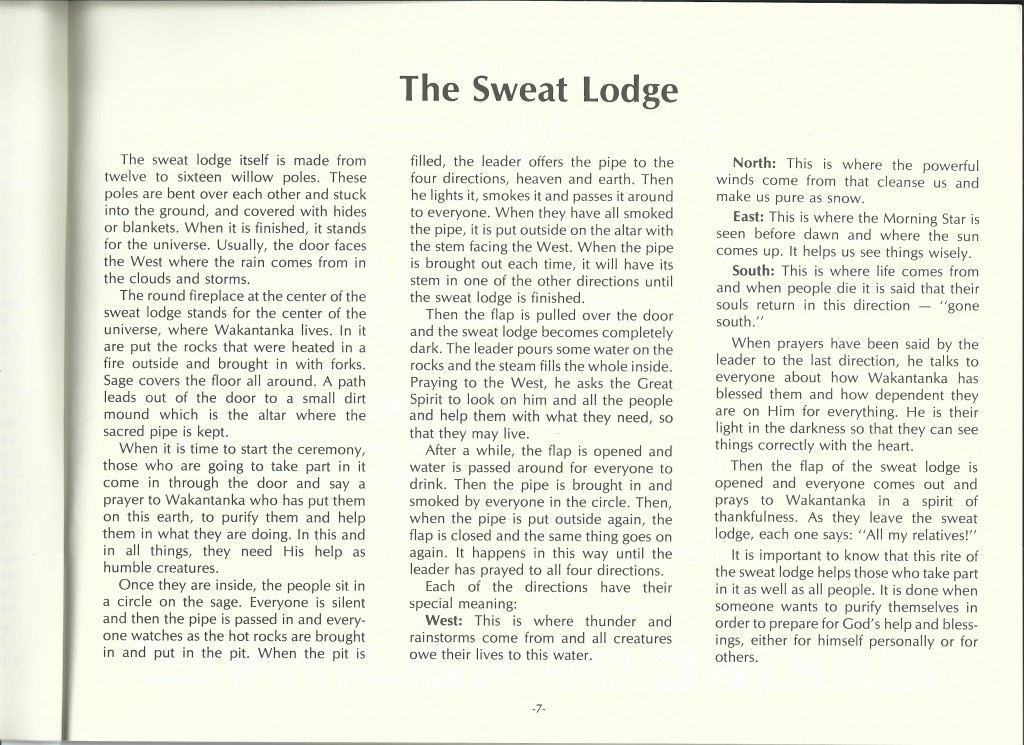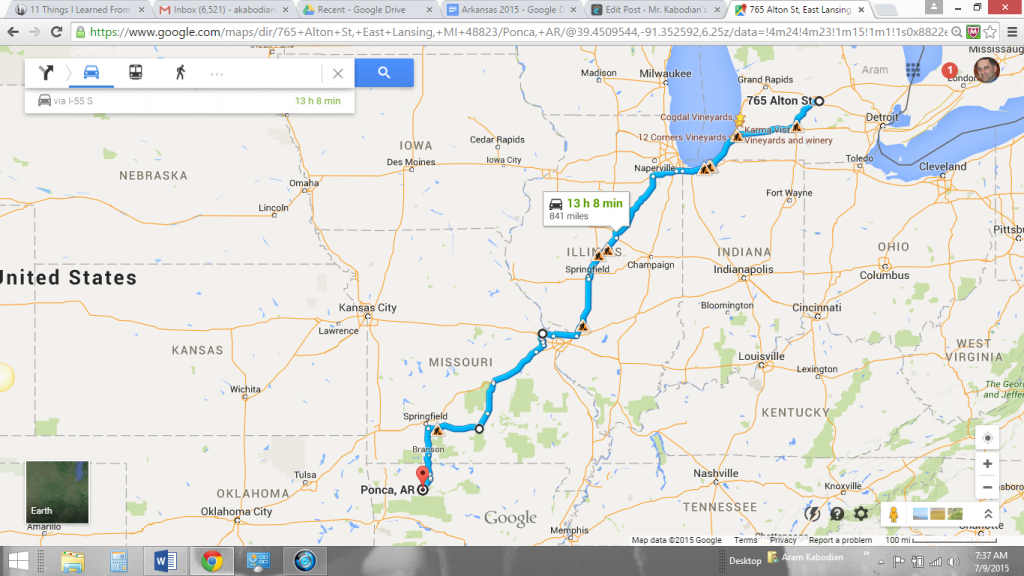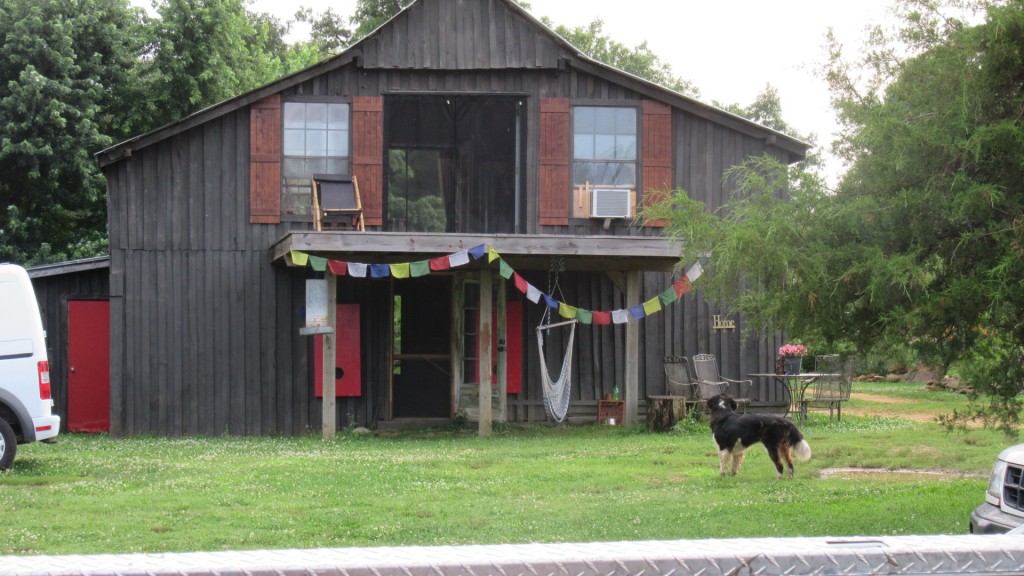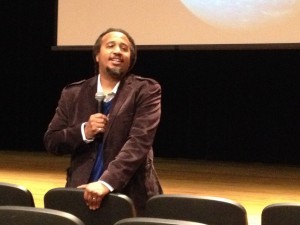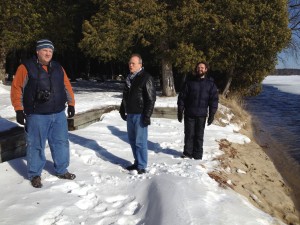Before we left for Pine Ridge Indian Reservation in South Dakota, I had several teens and parents ask me if I have seen things change in the many times I have been out to the “rez.” “Unfortunately,” I would say, “things don’t change much.” Each time I have been there, I’ve been told and shown how poverty and suicide rates are higher than national averages, how few Lakota are practicing their rich way of life, and how few new businesses are popping up. It’s a dose of reality that most people don’t want to hear or see.
That answer has changed a bit this time though. I was one of the chaperones for the Peoples Church Youth Group as we worked for a week with the Re-Member organization on Pine Ridge Indian Reservation in southwestern South Dakota. And my experience this time showed me that in some ways things are worse and in some ways things are better for the Lakota on the rez.
The number of teen suicides at Pine Ridge is accelerating out of control; this fact may have been the most startling realization to the teens we brought out from East Lansing. Over 14 teens have killed themselves this year and it came close to home for us this week; both Inila Wakan (aka Keith Janis) and Will Peters (speakers at Re-Member) shared that they each had a grandchild commit suicide in the past year. These tragic scenes of the current Lakota landscape are mind- boggling and unacceptable. How could teens who have role models like these two spiritual, caring elders take their own lives? While it’s true that Pine Ridge recently received a grant from the Department of Education to impact the number of teen suicide attempts, one wonders how much of that money will get where it needs to be due to tribal corruption…and the immensity of the problem. Some point to racism as the core cause of the suicide problem.
Others put their time into prevention through Lakota education and pride, as well as solidifying existing supports in the community. Two examples are from the speakers I mentioned above. Inila Wakan was instrumental in starting Santana House. Here’s the description of their mission off of their Facebook page:
“This page is for a Grassroots-based suicide prevention and interventions, support, outreach, discussions, intervention, sharing resources, positive input, mobilization of kindred groups and kindred spirits, community input and ideas towards accomplishing the goal of establishing the “Santana House” a safe home and resource for at risk youth on the Pine Ridge Indian Reservation. The existing suicide response network here is Not Able To Handle This Problem Alone!
Most teens from the surrounding areas end up in institutional settings away from the reservation, are confined, and most often drugged then sent back to the communities and circumstances that are part of their lives in the first place. This home we’re determined to build and staff will best serve the children from a culturally based approach without isolation and drugs.
We can rebuild the lives of children through the Santana House and serve as the loving and kind, caring and supportive extended family for our children who just need that extra attention and love from a stable environment. We cannot do this without your support. We all have a personal and social responsibility to get down into the trenches where these kids are and lift them up high and save as many as we can.
Thanks to everyone dedicating themselves to this extremely important–life – affirming cause.
Thank you ever so much for your love, time, and generosity.
Let’s pound the pavement!
Shake the pillars!
Echo Over the plains, mountains, and seas!
Hecetuwelo! MITAKUYE OYASIN*!”
(Mitakuye Oyasin means “we are all related”)
If you are interested in donating to Santana House, contact Inila directly at inila4wakan@hotmail.com
Will’s newest CD “Chillin’ Rez-Style” has several inspirational songs on it. One that deals with suicide awareness directly is “I Know,” which he and his daughter, Keesa Jo, sang for us at Re-Member. The lyrics are so powerful that I ended up taking a video of part of their performance. However, follow this link if you want to hear the whole song from a performance at Re-Member in 2014. Or call 605-867-5039 to purchase the whole CD. Here’s a message from the CD insert that Will wrote to explain this song:
“The song “I Know” is not only to remember all those we have lost to suicide, but also to encourage all young people to remember that there are people who care and want to help. If you, or someone you know is thinking about suicide, please don’t give up. Pray, burn some sweetgrass or sage, and talk to someone you know you can trust. Your life is sacred, believe in love, it’s gonna be alright.”
I don’t pretend to be an expert in the field or even to have much experience, but this song (and music in general) and the efforts of Santana House have the power to save lives and I hope you help spread the word. Here’s a bonus song, sung by Will with our own Mike Buttery on guitar also: Hard Life.
Another way I saw Pine Ridge differently this time had to do with the Tier 2 group with which I participated (the other groups did more hands-on work that I’ve written about before). Instead of going out to the work sites and touring with the other groups, five of us who had been to Re-Member several times delved more deeply into Lakota culture. Cornell Conway (a Lakota elder and Oglala Lakota College professor), Jeff, and Nikki led us daily as we learned more about the seven sacred ceremonies (including the sweat lodge or inipi), policies and treaties, the Pine Ridge economy, plants used for medicine, and a Lakota preschool program. Then, everyday we combined the lectures/information with some real-life experience; these field trips included visiting a thriving business called Tanka Bars (they take online orders), walking at Yellow Bear Dam and learning which plants can be used for what, and visiting a growing Lakota-speaking preschool (they have started an amazing youtube station if you want to hear the language or learn it, wayawa cikala). These were signs of positive change I ached to see. The most rewarding of these experiences was when we made a sweat lodge. I have posted a photo of information about a sweat lodge (from Lakota Life by Ron Zeilinger) as a way to explain how the Lakota use it as a church. It was a spiritual, community experience and I’m sure I will write a poem or two about it at a later time (see my previous blog entry for more information). Suffice it to say that between the palpable heat, the beautiful Lakota prayer songs, the welcome darkness, and the sharing out of our prayers, I felt lifted and cleansed — closer to that Creator Spirit that binds all of us.
I wrote this prayer for all of us as we struggle on our journeys. Peace.
Mitakuye Oyasin (“We are all related” or “all my relatives” in Lakota)
Oh, Creator Spirit,
Oh, binding breath between all peoples of all times,
Help me and help each of us,
Know your presence
Feel your presence
In our hearts, minds, and spirits.
Help us re-connect
Broken relationships
With each other
And with you.
Help us re-visit
That deep essential
Oneness
That binds all living beings.
Thank you, Creator,
For life,
For each sacred life.
Help us to value each life
As we value our own.
When we lose hope,
Re-member us with you.
Help us to see
You in each other, Creator Spirit.
Help us to reach out
To each other,
To the You in our midst
And be re-born
In hope.
Here’s a photo album I put together of photos I took on the trip; some have captions explaining what’s going on (but you can only see the captions if you look at the photos individually, not on slideshow).

